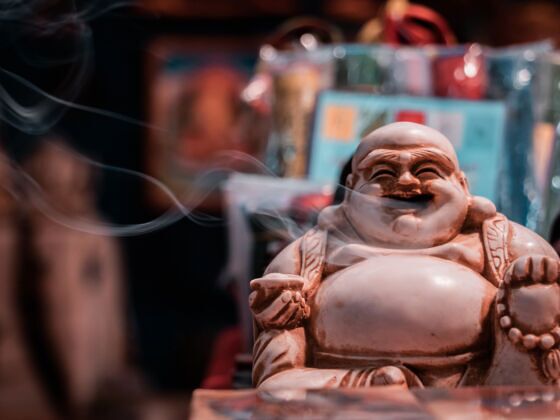1. Buffalo Park, a meadow at the foot of the San Francisco Peaks, Flagstaff, Az.
I first came to Buffalo Park in January, 1985. I slogged through knee-high snow into the shelter of the archway, took a deep breath and walked out to the trail. I was a greenhorn, newly come into an ocean of snow-glare and wet silver sky. I settled my X-country skis more firmly on my shoulder, turned tail and fled.
